Wait, who didn't see this coming???

We've been saying for months now how the maga movement has isolated the US..but brain dead bothsiders couldn't see it and swore Trump was winning bigly



You have to go back to the 16th century to make your argument validFrom their perspective they're protecting their kin, not invading another country. Donbas and Luhansk and most of the eastern part of Ukraine are primarily Russian speakers.
Historically, the land east of the Dniepet had been closely aligned with Russia:
After **Ivan IV (Ivan the Terrible)** came to power in 1547, the regions of **Kiev** and the surrounding territories (modern-day Ukraine and Belarus) experienced significant changes due to the shifting political landscape of Eastern Europe. While Moscow was consolidating its power and expanding its influence, Kiev and its surrounding regions were caught in a struggle between competing powers, including the **Polish-Lithuanian Commonwealth**, the **Ottoman Empire**, and the **Crimean Khanate**. Here’s an overview of what happened in Kiev and the surrounding regions during and after Ivan the Terrible’s reign:
---
### 1. **Kiev under Polish-Lithuanian Rule**
- **Polish-Lithuanian Dominance**:
- By the time Ivan the Terrible came to power, Kiev and much of modern-day Ukraine were part of the **Polish-Lithuanian Commonwealth**, a powerful state formed by the union of the Kingdom of Poland and the Grand Duchy of Lithuania in 1569.
- **Cultural and Religious Pressure**:
- The Polish-Lithuanian Commonwealth promoted **Catholicism** and sought to integrate the Orthodox population of the region into the Catholic Church. This led to tensions between the Orthodox majority and the Catholic authorities, particularly after the **Union of Brest** (1596), which created the **Uniate Church** (Eastern Catholic Church) in an attempt to reconcile the two faiths.
- **Rise of the Cossacks**:
- In response to religious and social oppression, the **Cossacks** (semi-autonomous warrior communities) emerged as a powerful force in the region. They became defenders of Orthodox Christianity and played a key role in resisting Polish-Lithuanian rule.
---
### 2. **Ivan the Terrible’s Expansion and Influence**
- **Focus on the East and South**:
- Ivan the Terrible’s primary focus was on expanding Moscow’s territory to the east (conquering the **Khanates of Kazan and Astrakhan**) and securing the southern borders against the **Crimean Khanate**. While he did not directly control Kiev, his policies indirectly influenced the region by weakening the Crimean Khanate, a vassal of the Ottoman Empire that frequently raided Ukrainian lands.
- **Livonian War (1558–1583)**:
- Ivan’s **Livonian War** against the Polish-Lithuanian Commonwealth and Sweden aimed to gain access to the Baltic Sea. Although the war ended in failure for Moscow, it highlighted the growing rivalry between Moscow and the Commonwealth, which would later impact Kiev and Ukraine.
---
### 3. **The Cossack Uprisings**
- **Resistance to Polish-Lithuanian Rule**:
- Throughout the late 16th and early 17th centuries, the Cossacks, particularly the **Zaporozhian Cossacks**, led numerous uprisings against Polish-Lithuanian rule. These uprisings were driven by demands for greater autonomy, religious freedom, and an end to serfdom.
- **Khmelnytsky Uprising (1648–1657)**:
- The most significant of these uprisings was the **Khmelnytsky Uprising**, led by **Bohdan Khmelnytsky**. This rebellion resulted in the establishment of the **Cossack Hetmanate**, a semi-autonomous state that aligned itself with Moscow through the **Treaty of Pereyaslav** (1654).
---
### 4. **The Treaty of Pereyaslav and Russian Influence**
- **Alliance with Moscow**:
- In 1654, the Cossacks, seeking protection from Polish-Lithuanian and Ottoman threats, signed the **Treaty of Pereyaslav** with Moscow. This treaty marked the beginning of Russian influence over Kiev and the surrounding regions, although the Cossacks retained significant autonomy.
- **Russo-Polish War (1654–1667)**:
- The Treaty of Pereyaslav led to a prolonged war between Russia and the Polish-Lithuanian Commonwealth. The war ended with the **Treaty of Andrusovo** (1667), which divided Ukraine along the Dnieper River. The **Left Bank** (east of the Dnieper) came under Russian control, while the **Right Bank** (west of the Dnieper) remained under Polish-Lithuanian rule.
---
### 5. **Kiev under Russian Control**
- **Integration into the Russian Empire**:
- Over time, Moscow gradually reduced the autonomy of the Cossack Hetmanate and integrated the region into the **Russian Empire**. By the late 18th century, under **Catherine the Great**, the Hetmanate was fully abolished, and Kiev and its surrounding regions became part of the Russian Empire.
- **Cultural and Religious Impact**:
- Russian control brought significant cultural and religious changes, including the promotion of Russian Orthodoxy and the suppression of Ukrainian autonomy and identity.
---
### Conclusion
After Ivan the Terrible’s reign, Kiev and the surrounding regions became a battleground for competing powers, including the Polish-Lithuanian Commonwealth, the Ottoman Empire, and the rising Russian state. The **Cossack uprisings** and the **Treaty of Pereyaslav** marked a turning point, leading to increased Russian influence over the region. By the late 17th and 18th centuries, Kiev and much of Ukraine were firmly under Russian control, setting the stage for the region’s integration into the Russian Empire.
 I'm talking about today's world.
I'm talking about today's world.  this shyt is downright stupid and treasonous.
this shyt is downright stupid and treasonous. I asked you what they had that they world didn't.Russia has everything, they cover 17% of all land in the world
You have to go back to the 16th century to make your argument validI'm talking about today's world.
Trump is putting the US in a position where our only allies seem to be Russia and Chinathis shyt is downright stupid and treasonous.
I don't even know that much about politics and can call it. Dark times up ahead, but maybe things were bad already and this is just a culmination off that. That crap that we were trying to hide has pushed itself to the main stage.
I asked you what they had that they world didn't.
a.i generated:
Russia possesses two resources that the rest of the world does not have in the same form:
1. **Shungite**
- **Description**: A rare, carbon-rich mineral found primarily in Russia’s Karelia region.
- **Uniqueness**: While trace amounts exist elsewhere (e.g., Finland), Russia is the only country with significant, industrially viable deposits.
- **Uses**: Employed in water purification, cosmetics, and other applications.
2. **Lake Baikal**
- **Description**: The world’s deepest and oldest freshwater lake, located solely in Russia.
- **Uniqueness**: Holds about 20% of the planet’s unfrozen freshwater, a feature no other country possesses.
- **Significance**: Valued for its water volume and ecological importance.
These resources are exclusive to Russia, meeting the question’s criterion. Other notable Russian resources, such as oil, gas, or palladium, while abundant, are not unique since they are found in other parts of the world.
**Resources the Rest of the World Has That Russia Also Shares**:
- **Oil**: Found in countries like Saudi Arabia, the United States, and Canada, alongside Russia’s vast reserves.
- **Natural Gas**: Abundant in Qatar, the United States, and Iran, in addition to Russia’s significant supplies.
- **Coal**: Mined in Australia, China, and the United States, as well as in Russia.
- **Palladium**: Produced in South Africa and Canada, besides Russia’s leading output.
- **Diamonds**: Extracted in Botswana, Canada, and Australia, in addition to Russia’s deposits.
- **Timber**: Available in Brazil, Canada, and Scandinavia, alongside Russia’s extensive forests.
These examples illustrate that while Russia is a major producer of many resources, they are not exclusive to it, as they are also present globally.
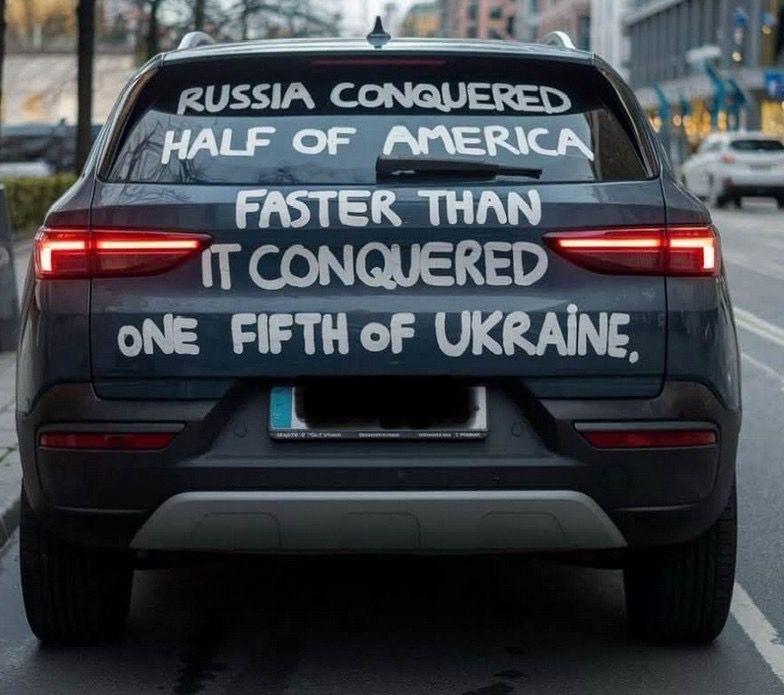

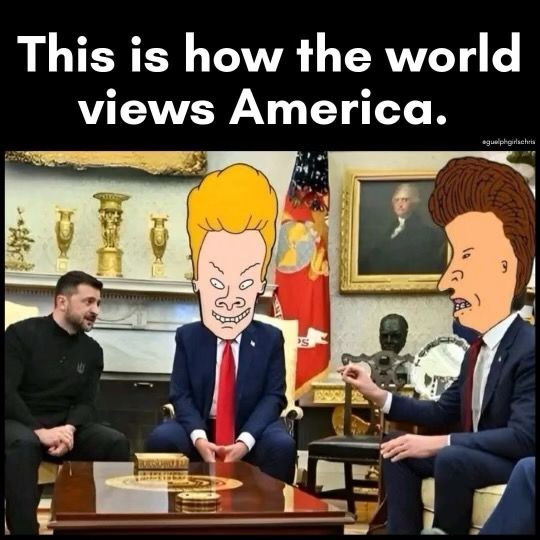
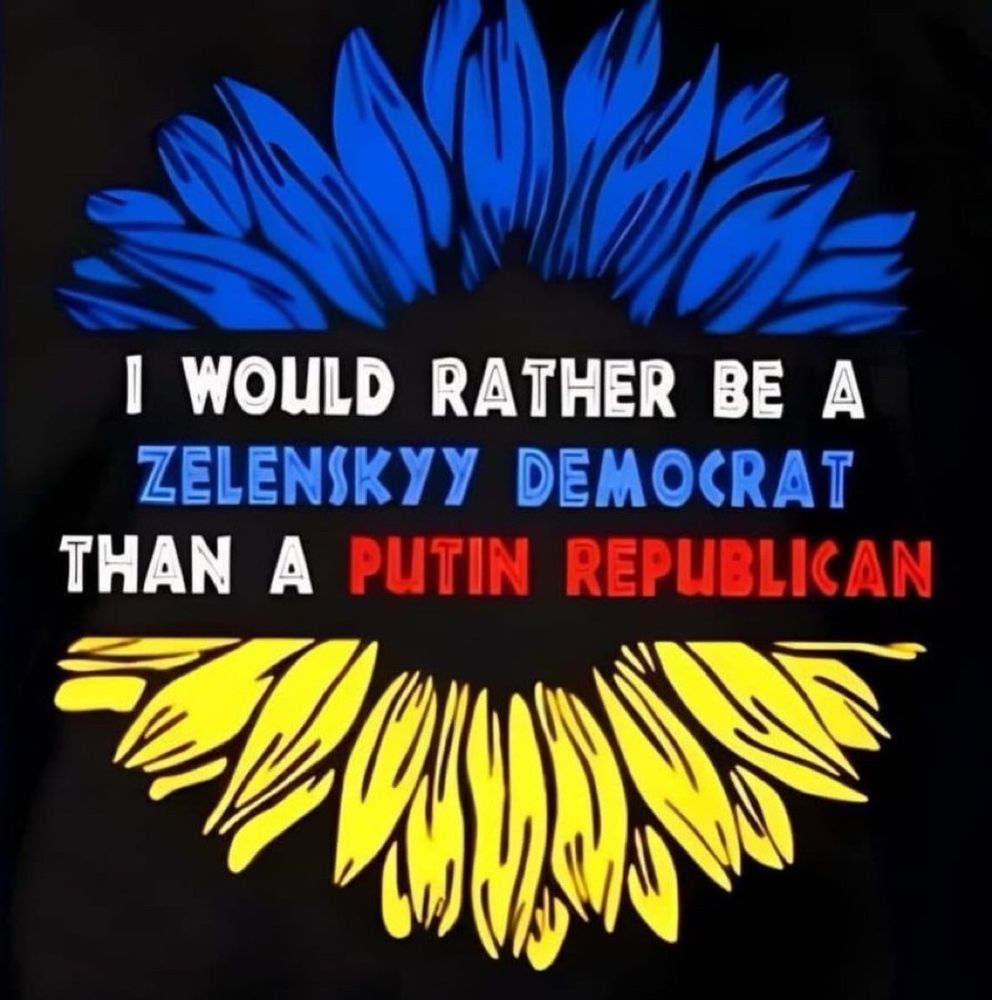
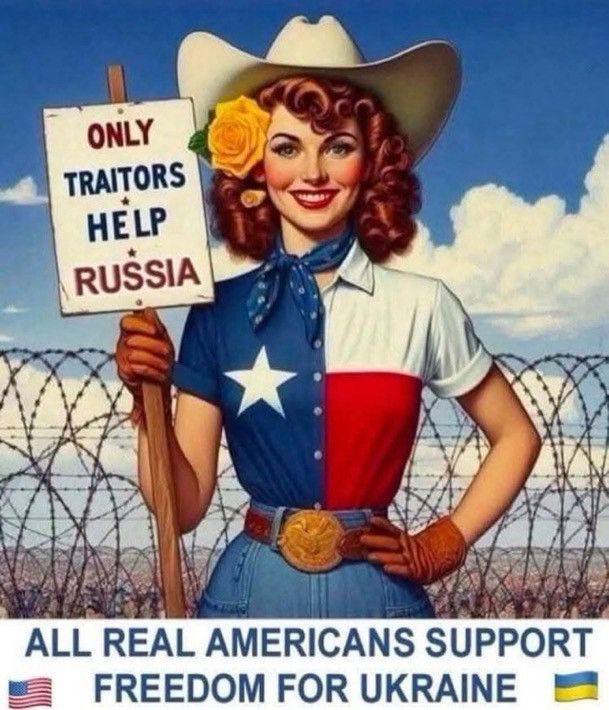
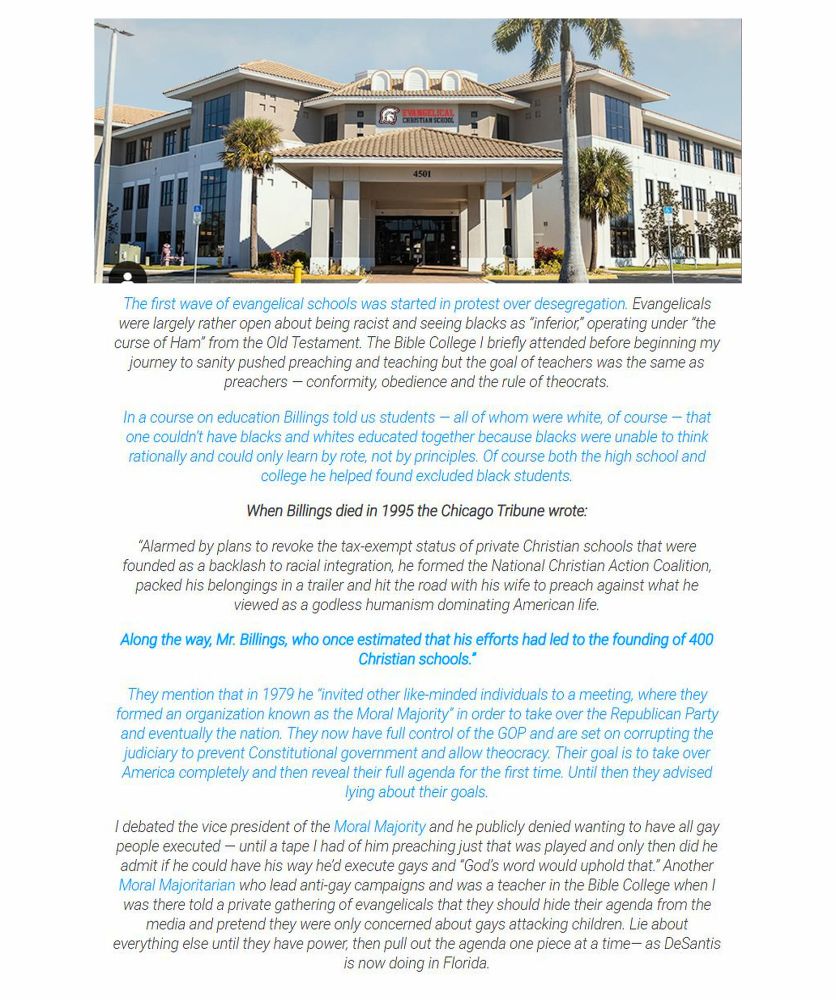
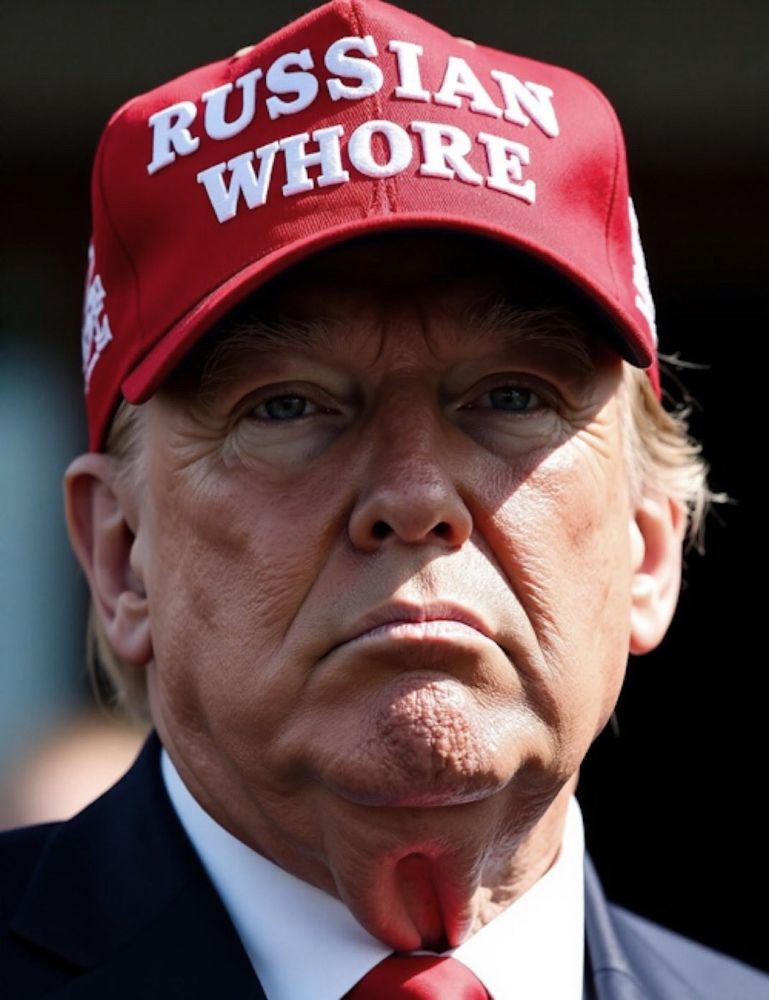
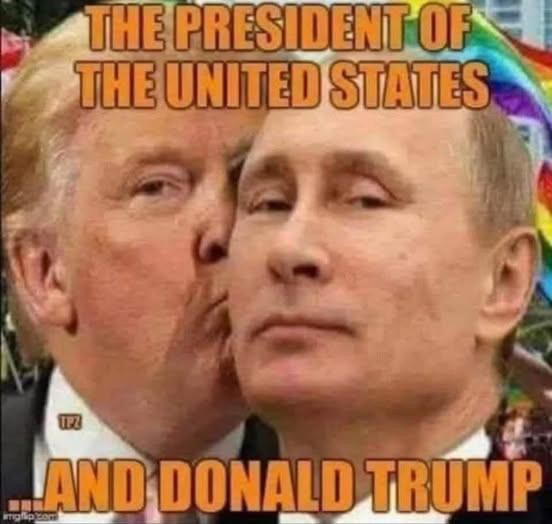
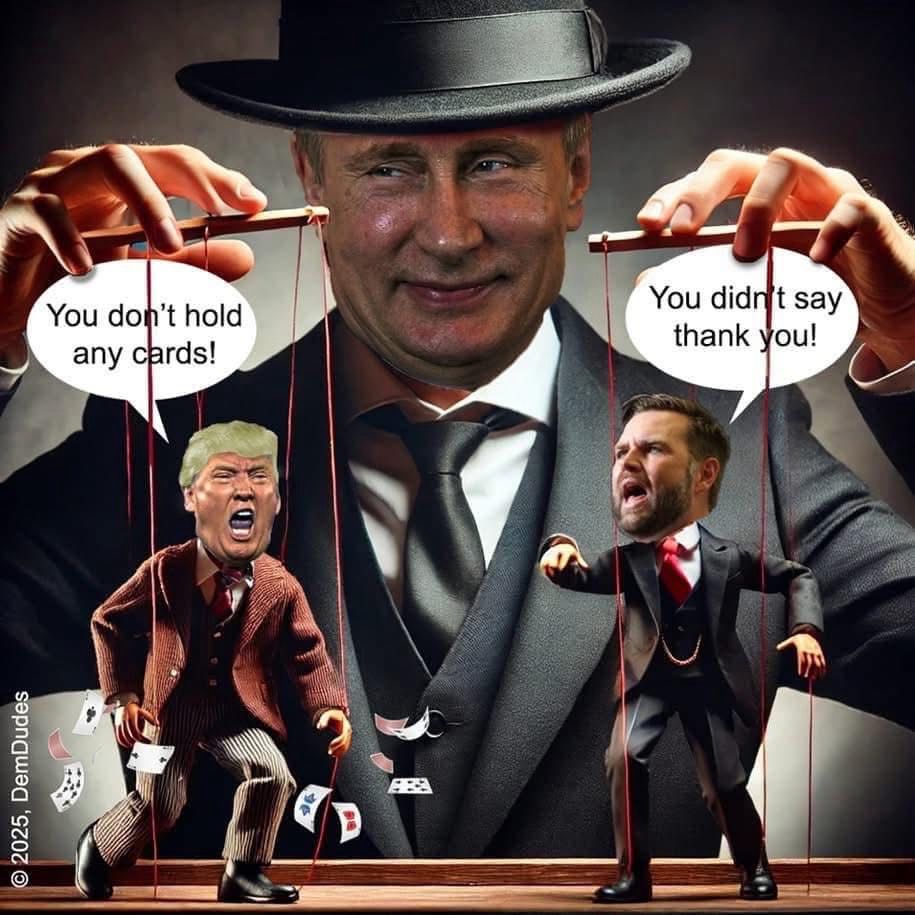



Top Trump allies hold secret talks with Zelenskyy’s Ukrainian opponents
As Washington ramps up its pressure on Zelenskyy to step aside, his rivals are talking to Trump’s team.www.politico.eu
Trump might be attempting a coup against Zelensky
Bullshyt. Creating openings and opportunities for who?The Ukranians are the ones that have to go back that far to justify "independence".
America is a mob that's been shaking down everyone around the world for a century off the strength they built off of being dikks to everyone after world War 1 and not forgiving any loans. It's a financial empire that benefits nobody but the financial elite. It's a banking cartel.
But like all ponzi schemes, time eventually goes on, and the physical strength you got your financial strength from (America's productive capacity built up during the 19th century) gets offshored, and the scheme becomes increasingly reliant on hot air, promises of the future, utopian projections fed to people that don't understand math, financial gains becoming more and more abstract, manufacturing literally going out of sight and out of mind, the economy nothing to anyone but numbers on a screen, and everyone realizes the castle is made of sand. 50 years can be washed away in a blip, in a second really, a single click, because finance is purely abstract.
Trump knows the empire is collapsing, already started collapsing a while ago, and is trying shyt to make it stop. He doesn't fully understand the mechanism that caused the collapse, but is at least acknowledging there's a problem. The only good that can come of his presidency will be unintentional. But the chaos will create openings, opportunities. If you're anti-US empire this all going great. If you're pro, and you're not in the elite financial class, you need to rethink your understanding.
Ukraine started the war against Russia....by bombing itself
 ukraine bombed ethnic russian separatists in the east of Ukraine
ukraine bombed ethnic russian separatists in the east of Ukraine 
From their perspective they're protecting their kin, not invading another country. Donbas and Luhansk and most of the eastern part of Ukraine are primarily Russian speakers.
Historically, the land east of the Dniepet had been closely aligned with Russia:
After **Ivan IV (Ivan the Terrible)** came to power in 1547, the regions of **Kiev** and the surrounding territories (modern-day Ukraine and Belarus) experienced significant changes due to the shifting political landscape of Eastern Europe. While Moscow was consolidating its power and expanding its influence, Kiev and its surrounding regions were caught in a struggle between competing powers, including the **Polish-Lithuanian Commonwealth**, the **Ottoman Empire**, and the **Crimean Khanate**. Here’s an overview of what happened in Kiev and the surrounding regions during and after Ivan the Terrible’s reign:
---
### 1. **Kiev under Polish-Lithuanian Rule**
- **Polish-Lithuanian Dominance**:
- By the time Ivan the Terrible came to power, Kiev and much of modern-day Ukraine were part of the **Polish-Lithuanian Commonwealth**, a powerful state formed by the union of the Kingdom of Poland and the Grand Duchy of Lithuania in 1569.
- **Cultural and Religious Pressure**:
- The Polish-Lithuanian Commonwealth promoted **Catholicism** and sought to integrate the Orthodox population of the region into the Catholic Church. This led to tensions between the Orthodox majority and the Catholic authorities, particularly after the **Union of Brest** (1596), which created the **Uniate Church** (Eastern Catholic Church) in an attempt to reconcile the two faiths.
- **Rise of the Cossacks**:
- In response to religious and social oppression, the **Cossacks** (semi-autonomous warrior communities) emerged as a powerful force in the region. They became defenders of Orthodox Christianity and played a key role in resisting Polish-Lithuanian rule.
---
### 2. **Ivan the Terrible’s Expansion and Influence**
- **Focus on the East and South**:
- Ivan the Terrible’s primary focus was on expanding Moscow’s territory to the east (conquering the **Khanates of Kazan and Astrakhan**) and securing the southern borders against the **Crimean Khanate**. While he did not directly control Kiev, his policies indirectly influenced the region by weakening the Crimean Khanate, a vassal of the Ottoman Empire that frequently raided Ukrainian lands.
- **Livonian War (1558–1583)**:
- Ivan’s **Livonian War** against the Polish-Lithuanian Commonwealth and Sweden aimed to gain access to the Baltic Sea. Although the war ended in failure for Moscow, it highlighted the growing rivalry between Moscow and the Commonwealth, which would later impact Kiev and Ukraine.
---
### 3. **The Cossack Uprisings**
- **Resistance to Polish-Lithuanian Rule**:
- Throughout the late 16th and early 17th centuries, the Cossacks, particularly the **Zaporozhian Cossacks**, led numerous uprisings against Polish-Lithuanian rule. These uprisings were driven by demands for greater autonomy, religious freedom, and an end to serfdom.
- **Khmelnytsky Uprising (1648–1657)**:
- The most significant of these uprisings was the **Khmelnytsky Uprising**, led by **Bohdan Khmelnytsky**. This rebellion resulted in the establishment of the **Cossack Hetmanate**, a semi-autonomous state that aligned itself with Moscow through the **Treaty of Pereyaslav** (1654).
---
### 4. **The Treaty of Pereyaslav and Russian Influence**
- **Alliance with Moscow**:
- In 1654, the Cossacks, seeking protection from Polish-Lithuanian and Ottoman threats, signed the **Treaty of Pereyaslav** with Moscow. This treaty marked the beginning of Russian influence over Kiev and the surrounding regions, although the Cossacks retained significant autonomy.
- **Russo-Polish War (1654–1667)**:
- The Treaty of Pereyaslav led to a prolonged war between Russia and the Polish-Lithuanian Commonwealth. The war ended with the **Treaty of Andrusovo** (1667), which divided Ukraine along the Dnieper River. The **Left Bank** (east of the Dnieper) came under Russian control, while the **Right Bank** (west of the Dnieper) remained under Polish-Lithuanian rule.
---
### 5. **Kiev under Russian Control**
- **Integration into the Russian Empire**:
- Over time, Moscow gradually reduced the autonomy of the Cossack Hetmanate and integrated the region into the **Russian Empire**. By the late 18th century, under **Catherine the Great**, the Hetmanate was fully abolished, and Kiev and its surrounding regions became part of the Russian Empire.
- **Cultural and Religious Impact**:
- Russian control brought significant cultural and religious changes, including the promotion of Russian Orthodoxy and the suppression of Ukrainian autonomy and identity.
---
### Conclusion
After Ivan the Terrible’s reign, Kiev and the surrounding regions became a battleground for competing powers, including the Polish-Lithuanian Commonwealth, the Ottoman Empire, and the rising Russian state. The **Cossack uprisings** and the **Treaty of Pereyaslav** marked a turning point, leading to increased Russian influence over the region. By the late 17th and 18th centuries, Kiev and much of Ukraine were firmly under Russian control, setting the stage for the region’s integration into the Russian Empire.
Bullshyt. Creating openings and opportunities for who?
Trump is only concerned with amassing power. He wants to be the most powerful man on the planet. His aim and the aim of his compatriots is to turn the US into a one party state. He is aligning with other dictators and while also attempting to erase any means for opposition to return to power. These two things go hand in hand. He is trying to normalize dictatorship.
Once they have established their permanent rule they will absolutely continue to attempt to exert their power over the rest of the world. This is not an end to the US empire, this is just a realignment. "Elections" will be a ruse while the GOP will continue to expand their position. Dismantling progressive ideals and advancing the power of the wealthy is their ultimate goal.